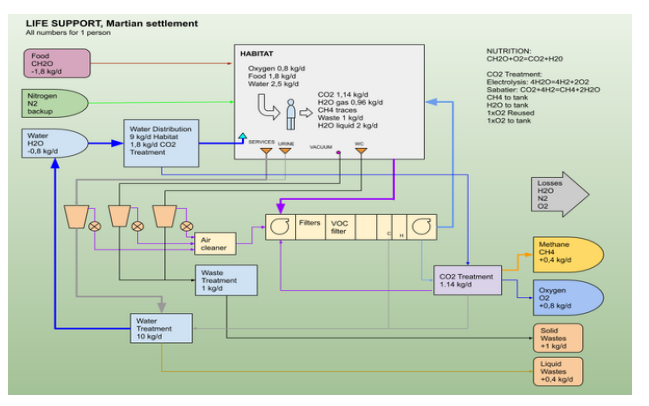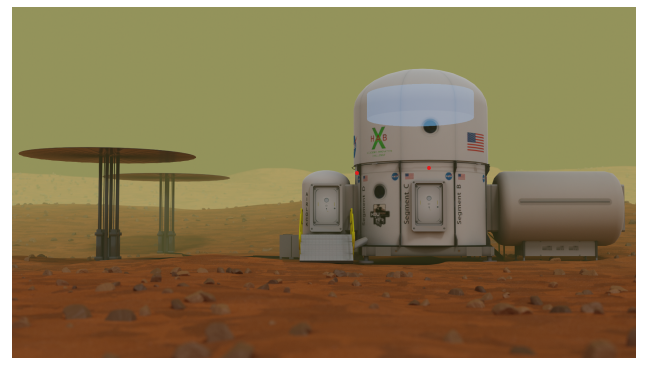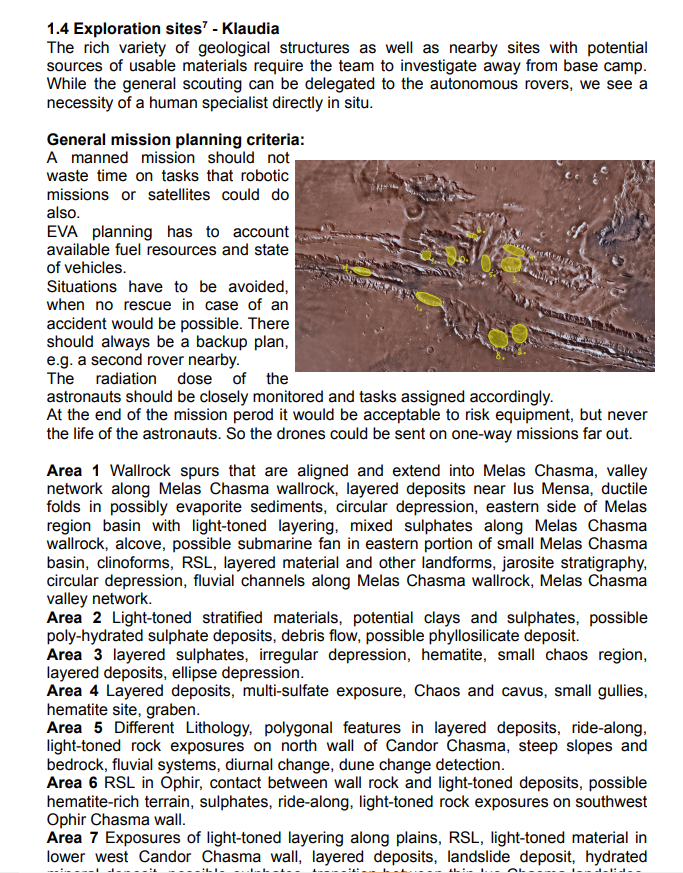
A new way to teach science (op-ed)
We can reverse the conventional relationship of students to scientific knowledge.

Around the world, in all the best university engineering programs, students encounter at some point a class different from all the others. This is the engineering design class, within which, instead of being tested as individuals on their mastery of lectures and texts, the class is challenged to work as a team to design a complex engineering system capable of meeting a difficult set of requirements.
For example, an aerospace engineering class might be tasked to design a new high-performance, low-cost fighter aircraft, with speed, range, ceiling, maneuverability, weaponry, survivability, and producibility capabilities all exceeding specified lower limits. Typically, the class might then divide into subgroups, with each assigned to find the best solutions to critical areas, such as aerodynamics, propulsion, weaponry, structures, and cost.
Inevitability, the best solutions in each area will conflict with all the rest. For example, more powerful engines would maximize the aircraft's speed, but take away mass that could be used for more weapons or stronger structures, and improving anything almost always leads to higher costs. So trades need to be made to try to find a compromise that hopefully enables the best aircraft overall. It is a deeply creative process, which is sometimes intensified further by having classes from different universities all work on the same design problem, and compete their designs against each other in intercollegiate tournaments.
Related: Curious Kids: Is it possible to see what is happening in distant solar systems now?

Dr. Robert Zubrin is president of Pioneer Astronautics and the Mars Society. His latest book, "The Case for Space," was recently published by Prometheus books. Robert has invented technologies for space propulsion and exploration, authored over 200 technical papers, and was a member of Lockheed Martin's "scenario development team" tasked with producing new strategies for space exploration.
I graduated college with a bachelor's degree in applied mathematics, and taught secondary school science and math for several years before I went back to graduate school to become an engineer. In consequence I did not encounter an engineering design class until after I had been a teacher. When I did, it immediately struck me that engineering design classes could provide a terrific methodology for teaching science in high schools as well.
I didn't do anything about it for four decades, but this summer I made use of my position as head of the Mars Society to give the idea a try. So in April, we made a public announcement that this summer the Mars Society would offer a six-week Mars mission design class and contest, open to students anywhere in the world. We set an admission fee of $50, low enough to make it affordable to almost anyone, but high enough to keep out freeloaders.
Everything would be done by zoom, making location irrelevant, but teams were organized roughly by time zone, to facilitate intra-team collaboration. Forty students signed up, who were divided into five teams. Team 1 was from Europe and the Middle East, which its largest contingent from Poland. Team 2 was from India and East Asia. Teams 3, 5, and 6 were from western, eastern, and central time zone North America respectively. (Team 4 didn't work out, so its members were divided among the rest.).
Get the Space.com Newsletter
Breaking space news, the latest updates on rocket launches, skywatching events and more!
The class began with two weeks of lectures from twelve different experts specializing in various aspects of Mars mission design, ranging from astrobiology and geology to life support and nuclear engineering. This was to provide background knowledge. However, we made no attempt to coordinate the messages delivered by each expert into a party line. Some of the viewpoints, and suggested readings offered by the lecturers were frankly contradictory. But that is how it is in the real world. It was up to the students to sort out what made the most sense.

Then with this background knowledge in hand, the design teams went to work. The problem they were given was to design a human Mars mission with the greatest possible scientific return assuming a transportation system capable of delivering up to 30 metric tons and a crew of up to six people to the surface of Mars. It was up to the teams to determine their landing site, the science objectives, the crew size, skills, and equipment, and duration of the stay, with up to 18 months allowable. Then they had to design their exploration plan and all their equipment accordingly.
As with any good design problem, these requirements contradicted each other. For example, to first order, a larger crew with the longest possible stay time on Mars maximizes the mission exploration capability. But the consumables and accommodations required to support them take away mass that could be used for more extensive equipment, for example pressurized rovers or piloted helicopters that could greatly expand the crew's effective exploratory range.
The design challenge specifically excluded consideration of the interplanetary exploration system. The latter is NASA's obsession, to the exclusion of the mission's scientific purpose. That is why the space agency's human Mars mission designs – which involve 30-day surface stays directed to the scientifically least interesting areas - are completely absurd. But there is no point going to Mars unless you can do something useful when you get there. The purpose of the mission needs to come first, with mission and systems designs following.
The students took to this challenge with gusto, spending three weeks working hard in their teams, with minimal guidance from coaches assigned to each team, to develop and write up their designs.

Then came the time for the shootout, which occurred over three days. On the first day, each team had 30 minutes to present their designs to a panel of expert judges. That is how college engineering design contests are ordinarily done. But then we through in a spin. The teams were given 30 minutes each on the second day to rip apart the designs of their competitors. Then we had a third day in which each team had a chance to defend its design against the attacks from the rest.

This latter procedure is not customary in university engineering design contests. But it approximates how things happen in the real world. In the real world, when you propose a design solution for a NASA mission or technology need, you have competitors out there who try to tear you down. (Believe me on this. I know.) The process of attack and defense in our contest was a bit more civilized than that which occurs between competitors in the cutthroat free market, because in our contest adversarial critics had to make their attacks openly, rather than behind their targets' backs. But still, the resulting intellectual dust-up provided scope for the kids to invoke their competitive instincts, and they loved it.
The results were amazing. All the teams delivered work that was way above high school level. You don't need to take my word for it. The entire course, including videos of the expert lectures, the teams' design presentations, attacks and defenses can be viewed online.
Of course, not everyone could win. The east coast American team took first prize for science, the western American team won decisively on engineering, the Asian team took the human factors design prize, and the Europeans – who thought creatively on how to reduce overall program expense by generating income - ran away with the prize on cost. While only winning one category, the Asian team also placed well on most of the others, and so won the contest overall.
I believe that what occurred in this class is worthy of broad attention. Its value goes way beyond the course's direct impact on a small group of students (and hopefully NASA Mars mission designs!) It has the potential to make educational history. The engineering design differs from conventional classes by not just asking students to master some material for a test, but to put their knowledge into action by working as a team to design some complex engineering system. By doing so, it reverses the conventional relationship of students to scientific knowledge. Instead of knowledge being a burden ("How much of this will we need to know for the test?") it becomes a tool, or even a magic sword if you will ("There must be a better way to do this. We need to find it!")
By delivering as they did, the students showed that this same creative methodology can be brought into high schools. Furthermore, they showed the value of debate. In real life, design engineering is a contact sport. So is pure science, for that matter. Consider the uproar over the recent claims made for biosignatures in the Venus atmosphere, or the 1996 Alan Hills meteorite claims, or the results of the Viking life detection experiments performed on Mars in 1976. Science is never settled. Scientists and engineers need to be able to defend their ideas. To give students a chance to learn how science really makes its way forward, they should be given a chance to mix it up themselves.
So if you have time, please have a look and see at how it went. The kids had a blast, and the results were grand. We are certainly going to do it again.
Follow us on Twitter @Spacedotcom or on Facebook.
Join our Space Forums to keep talking space on the latest missions, night sky and more! And if you have a news tip, correction or comment, let us know at: community@space.com.
Dr. Robert Zubrin is president of Pioneer Astronautics and the Mars Society. His latest book, "The Case for Space," was recently published by Prometheus books. Robert has invented technologies for space propulsion and exploration, authored over 200 technical papers, and was a member of Lockheed Martin's "scenario development team" tasked with producing new strategies for space exploration.









